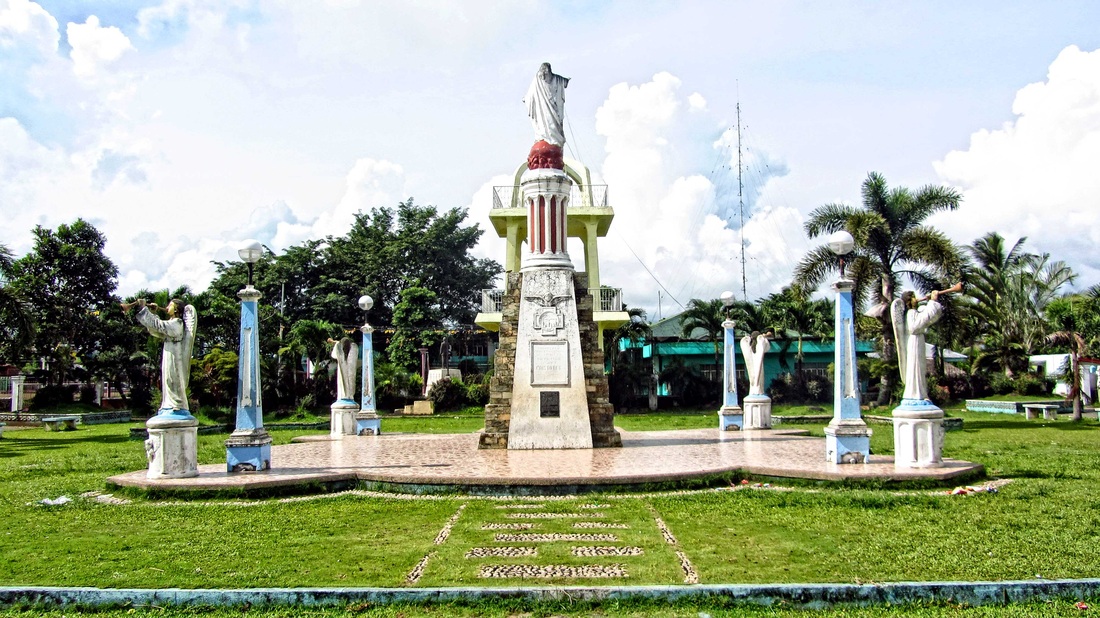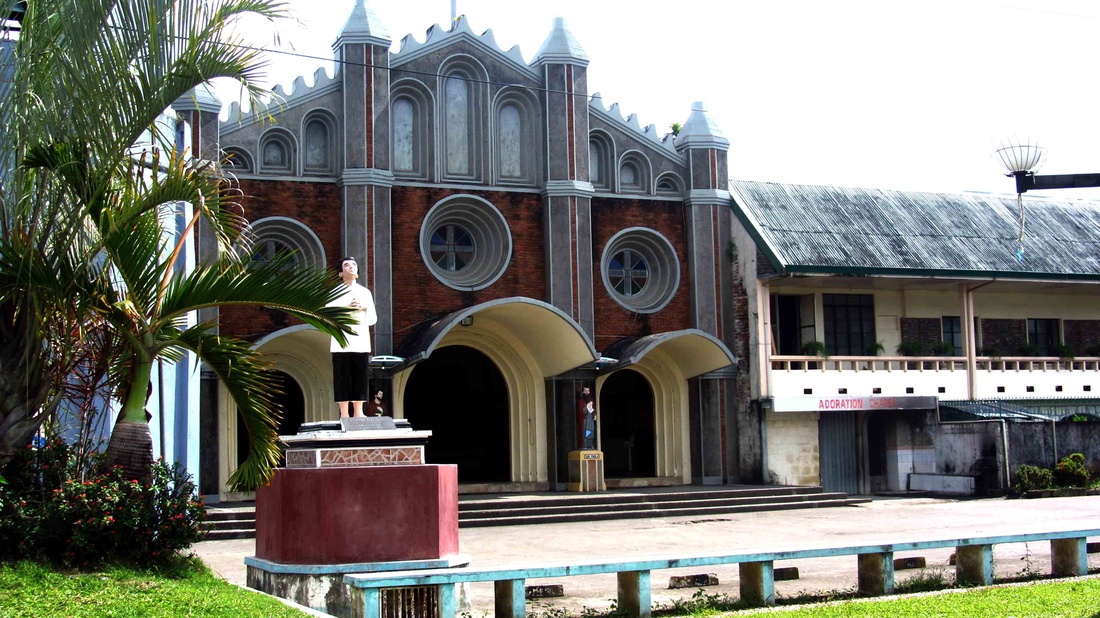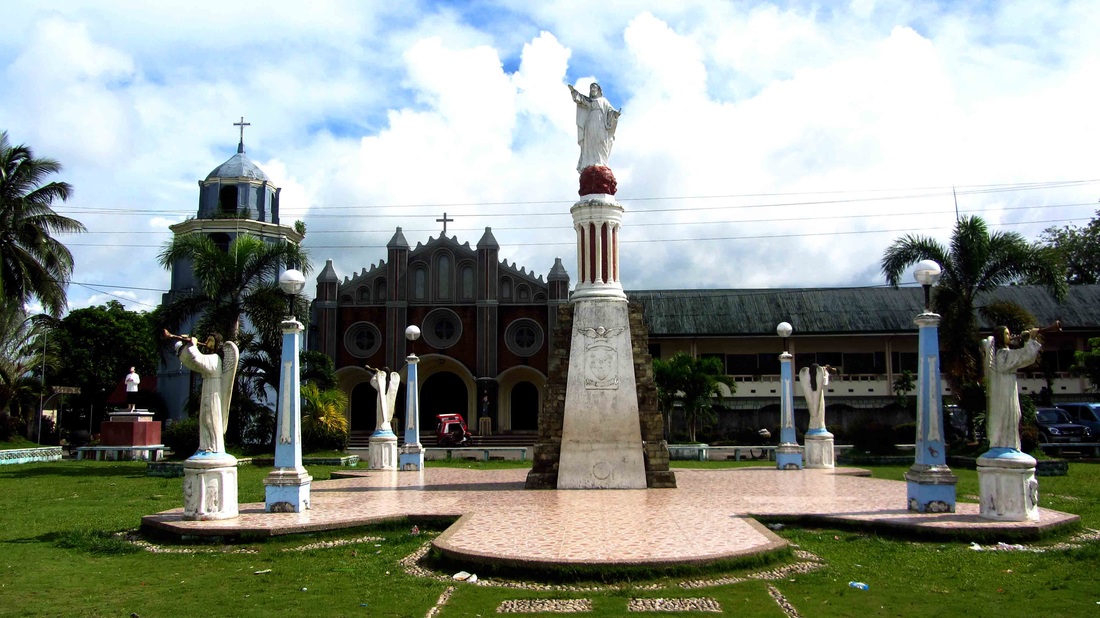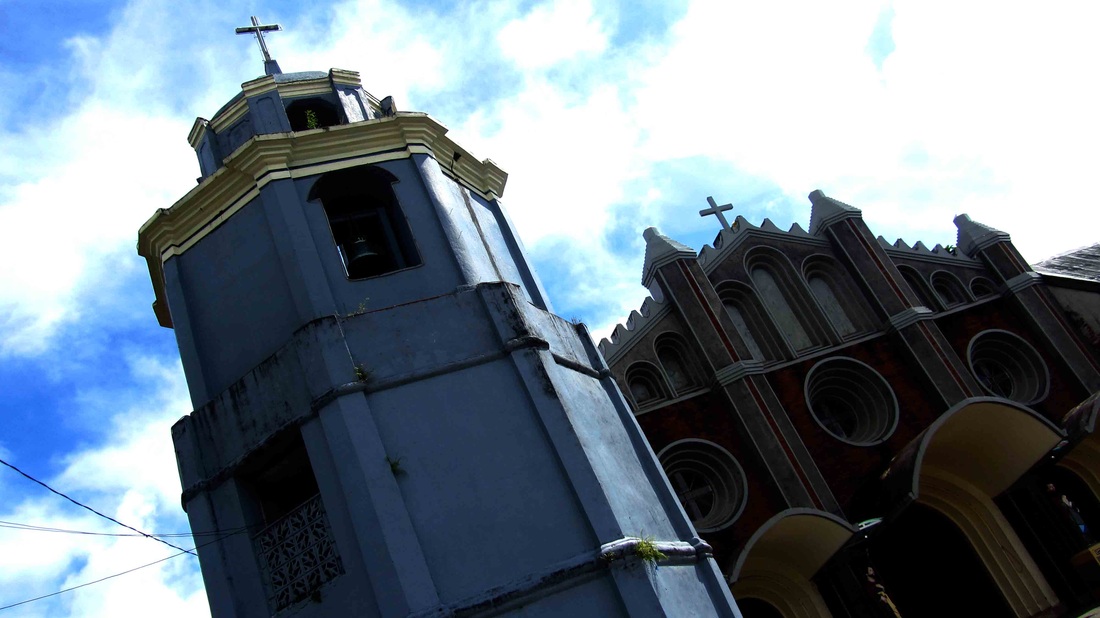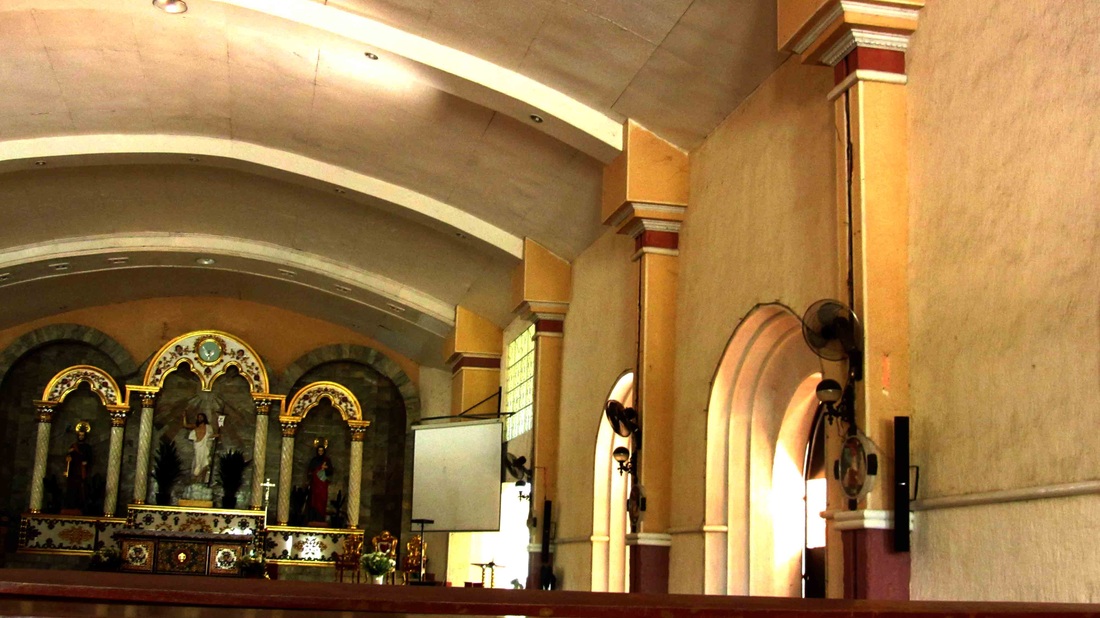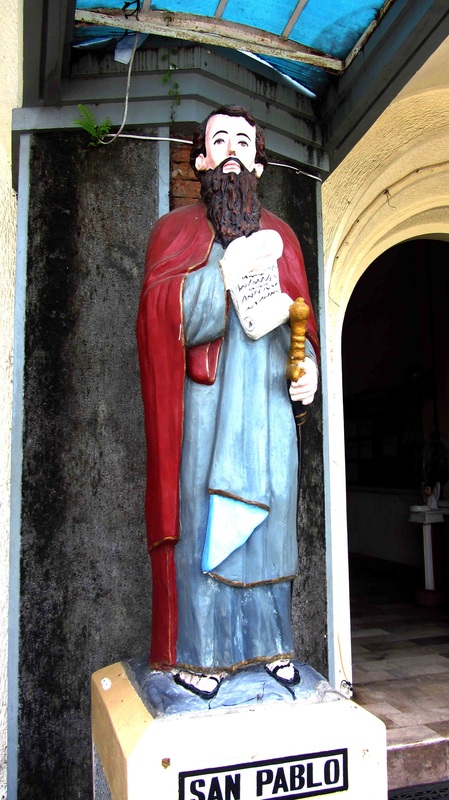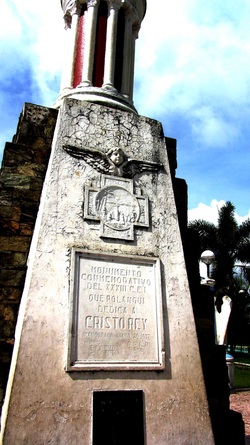
In 1584, a Spanish friar named Baltazar de la Magdalena founded it. “OYANGUI” a named of a red tree leaf which is now extinct was the rootname of Polangui. . The town was then also a place called “Binanuaan”, its location is prone to flood because of its low area, and then the people move to higher place which is now the town proper of Polangui. Its foundation started with the baptism of it’s about 25 elderly citizens.
Another legend, which is now the focus of search for the most beautiful and talented Polangueña, is about the story of beautiful maiden named "Pulang-Angui" which means "Red Maria" (Angui is the nickname for Maria) who loved red colors for dress and whose beautiful body, face and red lips became the object of affection by the males to the point of adoration. She was modest in her ways, talented for possessing various skills, with happy disposition, showing love of arts and religious. She would lead the tribe in festivities. When the Spaniards came, the soldiers who first set foot in Polangui asked for the name of the place. The native thought the foreigners was asking for the name of "Pulang-Angui" and said so. The Spaniards recorded the name of the place as PULANGUI, a concoction of the name which was later on, as years went by, was converted to POLANGUI.
The St. Peter and Paul Parish Church is constructed in 1654 and took a decade to finish. Its construction was headed by Fr. Juan Bautista. Now the church still serve as a foundation of courage and hope for the people of Polangui.
Source: Wikipedia
Source: Wikipedia


